summary
Anxiety: Phenibut is used reduce tension, alleviate anxiety, and diminish fear. PB was classified as an atypical tranquilizer, or day-tranquilizer. It has antistress, thymoleptic (activating), and nootropic (cognition enhancing) components of action.
additional information
Phenibut (beta-phenyl-gamma-aminobutyric acid HCl) is a neuropsychotropic drug that was discovered and introduced into clinical practice in Russia in the 1960s. It has anxiolytic and nootropic (cognition enhancing) effects. It acts as a GABA-mimetic, primarily at GABA(B) and, to some extent, at GABA(A) receptors. It also stimulates dopamine receptors and antagonizes beta-phenethylamine (PEA), a putative endogenous anxiogenic. The psychopharmacological activity of phenibut is similar to that of baclofen, a p-Cl-derivative of phenibut. This article reviews the structure-activity relationship of phenibut and its derivatives. Emphasis is placed on the importance of the position of the phenyl ring, the role of the carboxyl group, and the activity of optical isomers. Comparison of phenibut with piracetam and diazepam reveals similarities and differences in their pharmacological and clinical effects. Phenibut is widely used in Russia to relieve tension, anxiety, and fear, to improve sleep in psychosomatic or neurotic patients; as well as a pre- or post-operative medication. It is also used in the therapy of disorders characterized by asthenia and depression, as well as in post-traumatic stress, stuttering and vestibular disorders.
LINK - http://www.ncbi.nlm.nih.gov/pubmed/11830761
